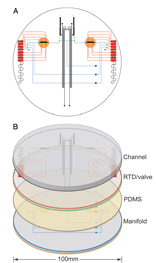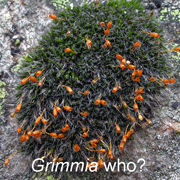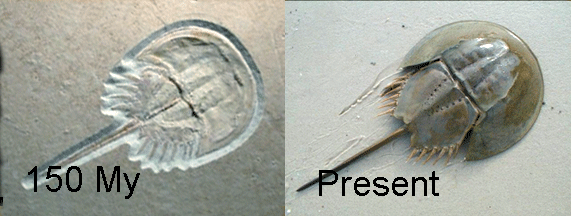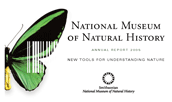 ABI’s smallest sequencer is about the size and weight of a house air conditioning unit [ABI 310: 95 kg (208 lbs); 61 x 56 x 86 cm (24 x 22 x 34 in)]. Researchers who developed the Mars Organic Analyzer for detecting extraterrestrial life recently turned their attention to DNA sequencing. In 9 May 2006 PNAS Blazej, Kumaresan, and Mathies from the University of California, Berkeley, report on a microfabricated DNA sequencer comprised of three 10 cm glass wafers. Using 1 femtomole of DNA template and a 250 nanoliter reaction chamber, the device performs thermal cycling, DNA purification, and capillary electrophoresis, generating reads of up to 556 bases with 99% accuracy. Based on their results “the template/reagent requirements can be reduced an additional 100-fold, and a fully integrated microfluidic genomic sequencing system should also lead to significant infrastructure and labor savings.”
ABI’s smallest sequencer is about the size and weight of a house air conditioning unit [ABI 310: 95 kg (208 lbs); 61 x 56 x 86 cm (24 x 22 x 34 in)]. Researchers who developed the Mars Organic Analyzer for detecting extraterrestrial life recently turned their attention to DNA sequencing. In 9 May 2006 PNAS Blazej, Kumaresan, and Mathies from the University of California, Berkeley, report on a microfabricated DNA sequencer comprised of three 10 cm glass wafers. Using 1 femtomole of DNA template and a 250 nanoliter reaction chamber, the device performs thermal cycling, DNA purification, and capillary electrophoresis, generating reads of up to 556 bases with 99% accuracy. Based on their results “the template/reagent requirements can be reduced an additional 100-fold, and a fully integrated microfluidic genomic sequencing system should also lead to significant infrastructure and labor savings.”
Faster, cheaper, more portable sequencing should facilitate “point-of-use” DNA barcoding devices for identifying specimens in the field, detecting invasive species at the customs station, and sorting through museum drawers for undescribed species, for example.


 museum’s organizational and research involvement in the international scientific effort “to develop a system for rapidly and inexpensively identifying the approximately 1.7 million known flora and fauna species, and creating an electronic database for the estimated 10 million species across the planet”. As outlined by Cristian Samper, Museum Director, “the use of DNA barcoding in identifying and distinguishing species could revolutionize the way we do science”. The article concludes with an observation from Lee Weigt, Manager of the Museum’s Laboratories of Analytical Biology “What the human genome research can do for medicine, DNA barcoding can do for biology”
museum’s organizational and research involvement in the international scientific effort “to develop a system for rapidly and inexpensively identifying the approximately 1.7 million known flora and fauna species, and creating an electronic database for the estimated 10 million species across the planet”. As outlined by Cristian Samper, Museum Director, “the use of DNA barcoding in identifying and distinguishing species could revolutionize the way we do science”. The article concludes with an observation from Lee Weigt, Manager of the Museum’s Laboratories of Analytical Biology “What the human genome research can do for medicine, DNA barcoding can do for biology” it was not possible to identify the exact species, in this case whether this was an Allen’s (S. sasin) or Rufous (S. rufus), species native to the western U.S. that normally winter in Mexico. Even in the hand, identification can be difficult and in
it was not possible to identify the exact species, in this case whether this was an Allen’s (S. sasin) or Rufous (S. rufus), species native to the western U.S. that normally winter in Mexico. Even in the hand, identification can be difficult and in  spotted beneath the feeder was brought to University of Guelph, Ontario. DNA extracted from the feather and analyzed for COI barcode proved a match for S. rufus.
spotted beneath the feeder was brought to University of Guelph, Ontario. DNA extracted from the feather and analyzed for COI barcode proved a match for S. rufus.